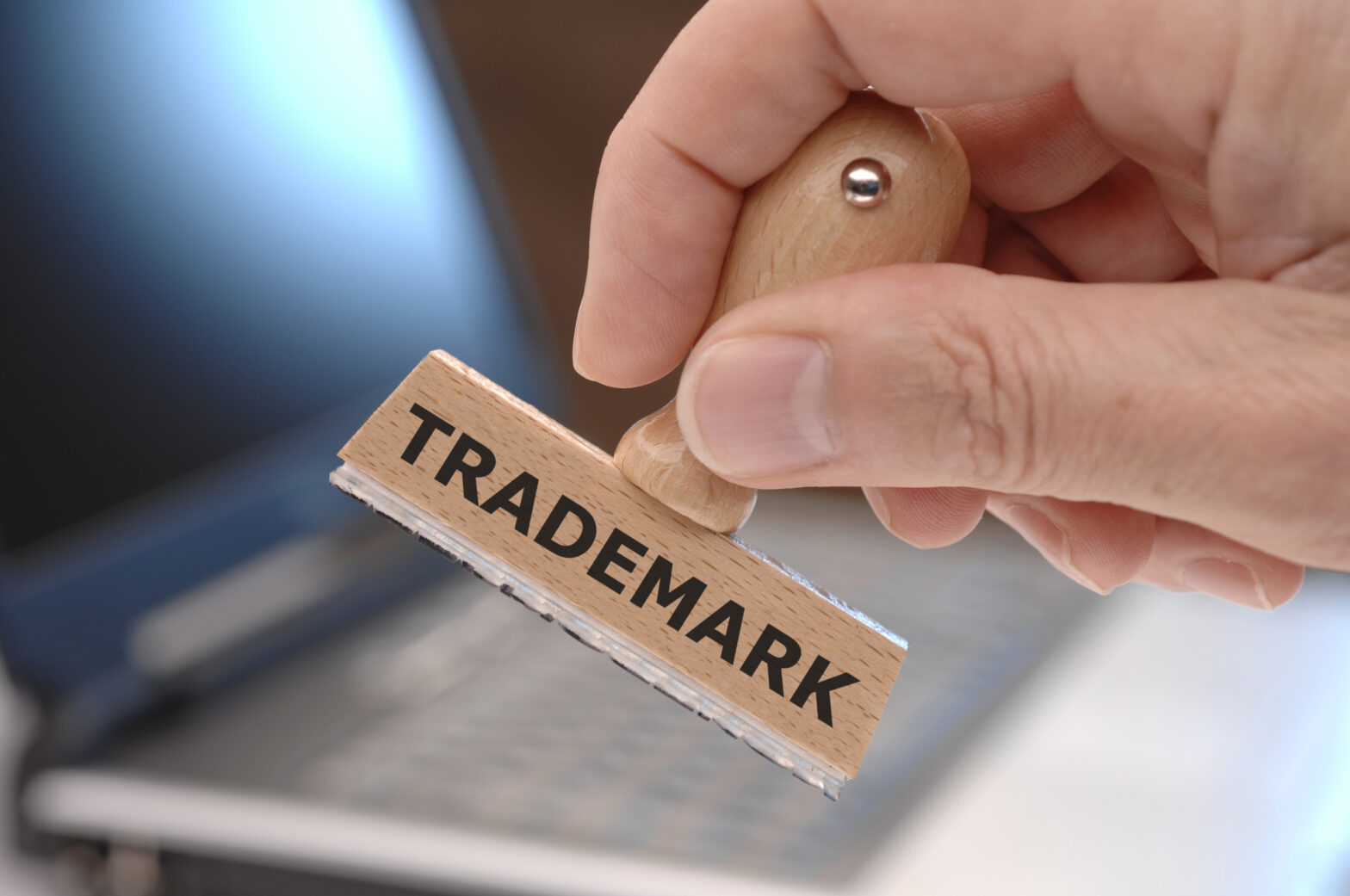Most businesses now understand that a strong brand is critical to success. Having an easily recognised, understandable brand can differentiate goods and services and serve as a marker of quality.
This article will look at some of the legal dos and don’ts of branding, outlined below.
1. A brand is more than a name
Ask many people what a brand is, and they will say it is the name of a business. But of course a brand is much more, a brand is a name, a logo, visual identity and even a business culture.
In terms of legal protection, a broad strategy for branding will consider the name of the business, domain names, app store names (if the business intends to have an app), company names, registered trademarks (both in the UK and internationally) and logos or other immediately identifiable visual features.
This means that when checking names it is worth doing the a Google web search, a search of the UK Intellectual Property Office, a Companies House search and a search of Apple’s App Store, the Google Play Store and other relevant directories.
2. Protect your brand with a trademark
When undertaking a rebrand, many businesses will do a thorough search for similar or confusing domain names and sometimes company names.
Registered trademarks are much more powerful rights than either domain name rights or company name rights on their own and a registered trademark is the best protection a business can have after a rebrand.
A registered trademark enables the owner to stop not just identical trademarks from being registered or used but similar trade marks which are likely to lead to confusion.
This means that businesses undertaking a rebrand should ensure that they take steps to register the new brand as a trademark.
3. Check for earlier IP rights
Before registration of the new brand as a trademark it is important to check for existing rights, in particular registered trademarks which are identical or similar to the new brand. Otherwise, the owners of those earlier marks might be able to stop the business from using its new brand.
We often see people becoming very attached to a given brand and sometimes investing considerable financial sums in the brand only to find out at a later stage that using the brand infringes third party rights. To avoid this, always check for earlier trademarks.
There are several points which are worth bearing in mind. Firstly trademarks are registered for specific territories and countries (although there is a very helpful European trademark system which allows for a single application to cover the whole of the EU). Secondly, trademarks are registered for specific goods and services. In order for an earlier trademark owner to be able to prevent registration or use of a later brand, they have to show that the later trademark is similar or identical to the earlier trade mark for similar or identical goods and services and that there is a likelihood of confusion on the part of the public. The key question therefore is whether there is a likelihood of confusion between the new brand and the old brand.
Please note that even if your goods and services are entirely different, a very well known household name trademark might be able to prevent registration of a similar trademark on the basis that you are taking unfair advantage of them.
A very useful resource for searching trade marks in the UK is the IPO’s website at gov.uk.
4. Check who owns the copyright in your designs
Many businesses use design agencies or brand consultancies to create their branding including logos, standard website templates and even names. Many of these designs (particularly logos and other detailed visual designs) will be subject to artistic copyright.
Copyright is a separate right to a trade mark or brand right and needs to be dealt with separately. External contactors will own the copyright in the works they create unless there is a written agreement saying otherwise. This means that the agency may be able to ask for additional fees later if you use the work in a different context.
The most important thing to remember is that if you are engaging an external contractor or consultant to develop your brand you should ensure that they have transferred the copyright and other intellectual property rights in anything they create to you.
5. Pros and cons of descriptive trademarks
Many businesses, particularly if they are operating online or in the app space, prefer to use a descriptive name. Descriptive names can be very useful for search engine optimisation purposes. However, they do have a downside in that they are more difficult to register as a trademark and to protect as other business may legitimately want to use the same descriptive terms.
It may be the case that it is still best to opt for a descriptive term as the benefits outweigh the costs but a descriptive brand will be much for difficult to register as a trademark.
Often a descriptive brand is accompanied by a distinctive logo, image, font etc. and a combination can often be registered. If you are going for a largely descriptive domain name or main brand and you can accompany this with distinctive design elements then there may be registrable trademarks in the overall brand.
Related: A guide to trade marks and the benefits of registration
6. Fonts and typefaces
A key part of many brands are letters and typefaces. You should be aware that copyright exists in typefaces and using a typeface in your brand without an appropriate licence can amount to breach of copyright. There are numerous copyright-free typefaces or typefaces where the copyright has expired and your designer should be able to assist with choosing the right typeface for your requirements.
Guy Wilmot is a partner in the corporate & commercial team at Russell-Cooke LLP.





